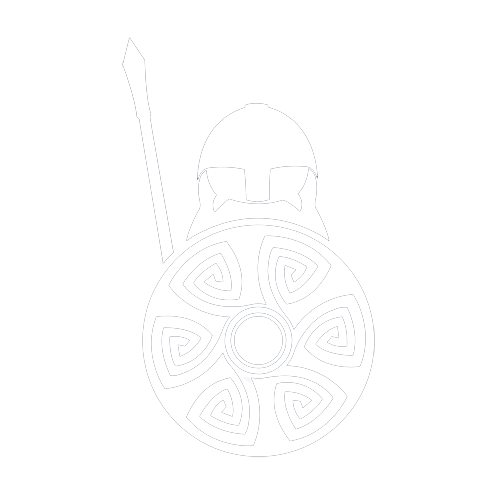Viking Ships
Viking ships strike a powerful image of the battle-hardened, invading Norsemen of Scandinavia. With their low sides, tall bow and stern, their silhouette on the water was something to be feared.
Design of the Viking Ships
Viking ships were incredibly well designed for the time, with their wide low hull, they could sail in shallow rivers at high speed. They were also excellent at navigating the high seas too, with huge sails to propel them to foreign lands. These longships, or dragonships as the English called them, were well ahead of their time.
They were normally constructed from oak timbers and decorated with beautiful carvings. The bow and stern would rise up 3-4 metres high, the hull would sit around 5 metres wide and the ship's length would have been around 20 metres long.
These uniquely shaped longboats would normally carry up to 30 oarsmen, 1 helmsmen, 1 look out, and sometimes live animals for food on longer journeys. But with the variation in designs, smaller ships would carry as little as 6 crew, while the largest could carry up to 80! Due to their clever design, the ships weighed very little, which allowed the Vikings to haul the boats ashore, and also enabled them to make quick escapes in times of raiding!
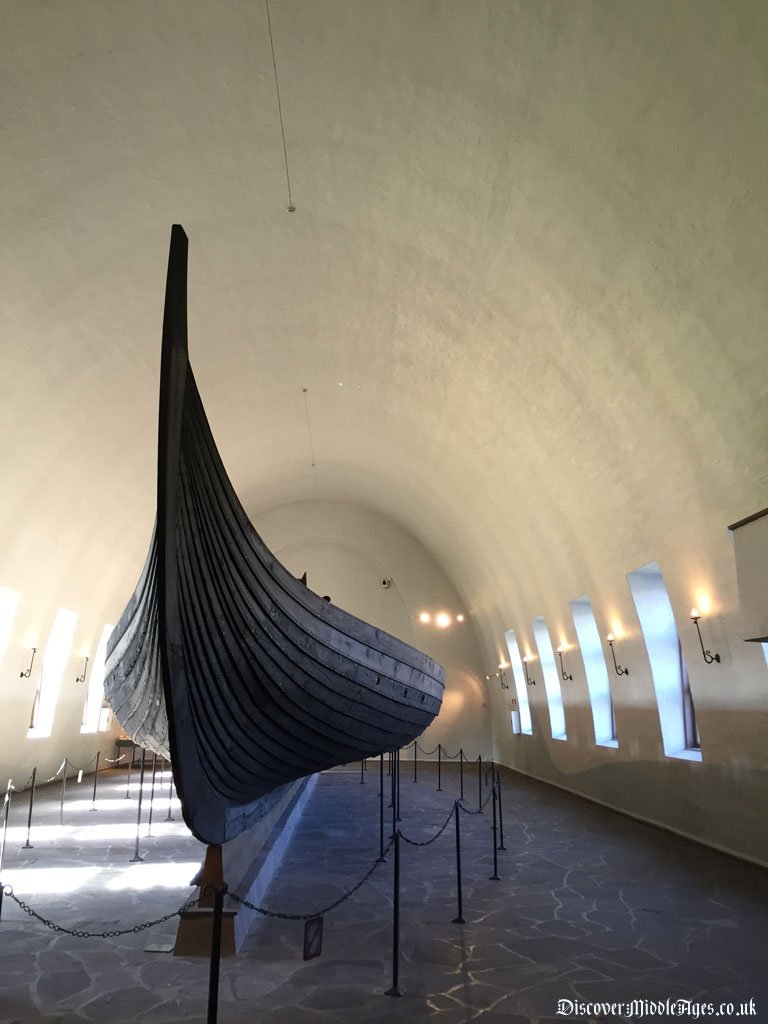
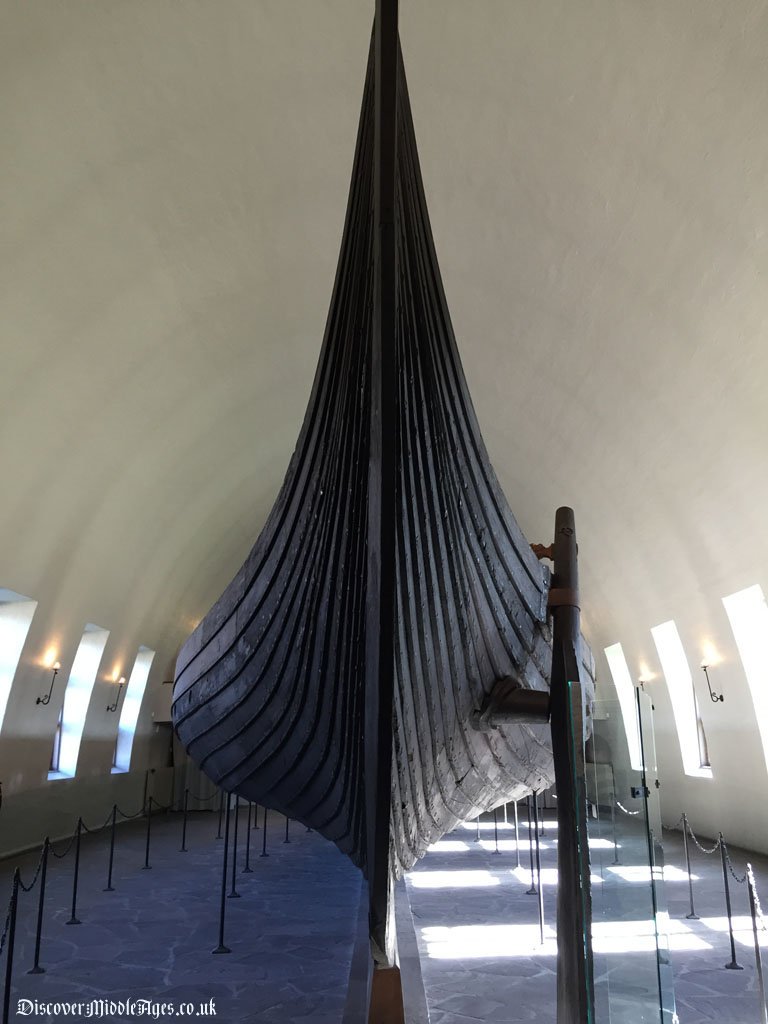
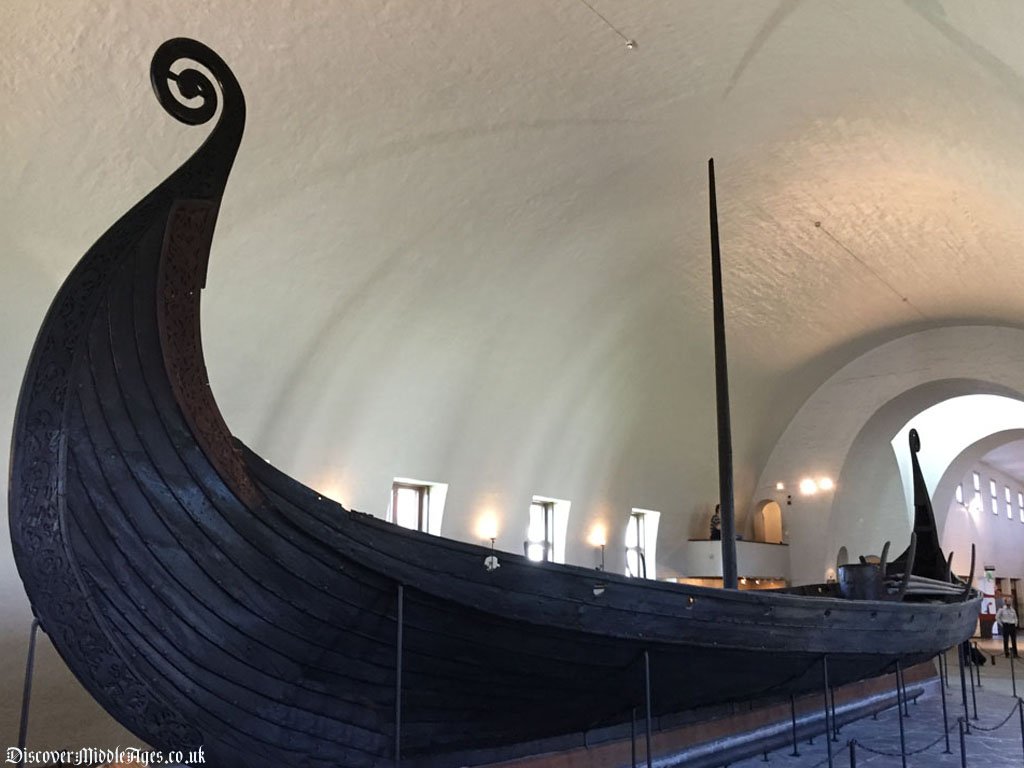
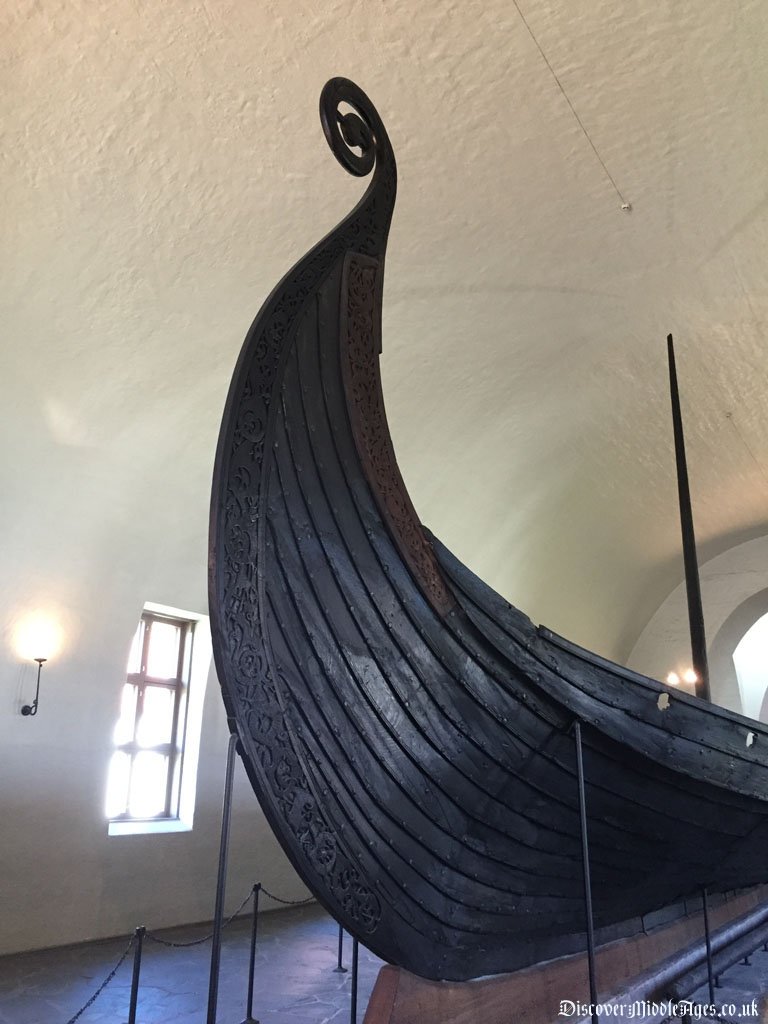
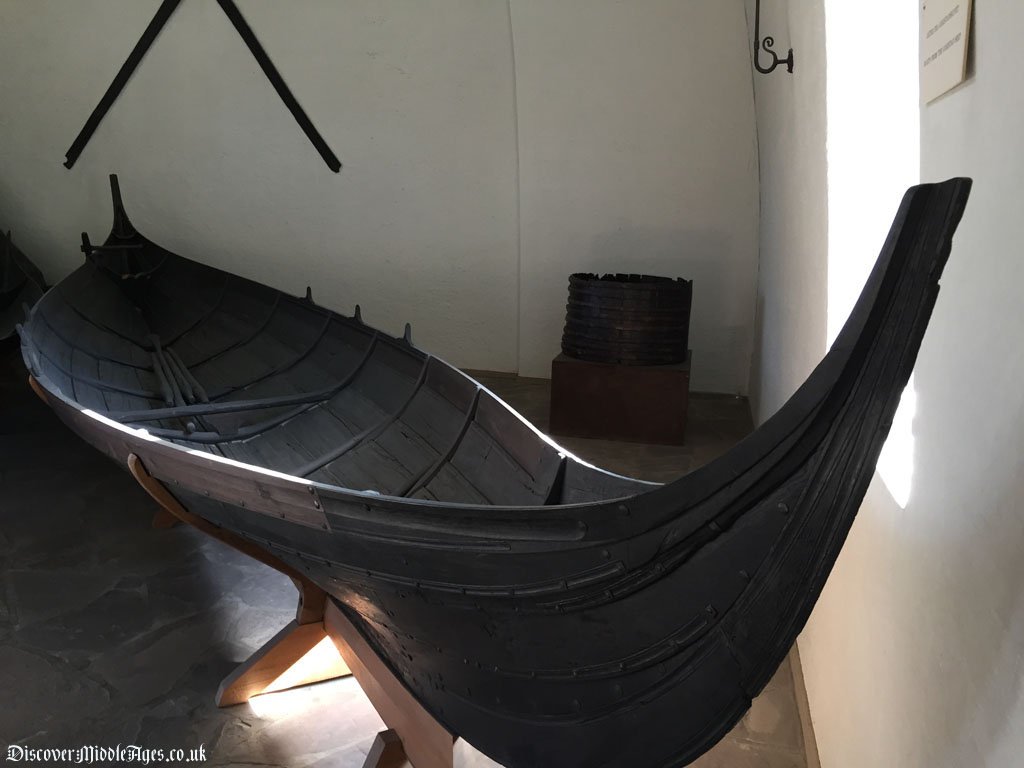
History of the Viking Ships
The classic Viking ships we think of today, were first established around the 9th century, and traditions and skills used back then are still followed today. However, the Norsemen have used ships like the Umiak since the Nordic Stone Age, as stone engravings show, with elaborate carvings depicting boats being used for transporting materials, food and trade goods.
There is an abundance of evidence that show these Viking ships were also used in sacrifice, and buried in barrows with their high-ranking owners. Treasures would be sent with the boats, as gifts on their final journey to death. In Norway, there are three excellent examples of Viking ships that were discovered buried as part of their sacrificial rituals, the Oseberg ship, the Gokstad ship and the Tune ship.
The Oseberg Viking Ship
The Oseberg ship was built around 820AD, and in 834AD was used as a burial ship for two powerful women. The women were aged around 75 and 50, and were given a magnificent send off to the after-life.
Some of the burial gifts sent with them in the buried ship were carved animal heads, a wagon, three elaborate sledges, five beds, six dogs, fifteen horses and two cows. These artifacts were seen as items needed by the deceased on their journey.
The Gokstad Viking Ship
The Gokstad ship was built around 900AD, and was used as a burial ship for a powerful man. The ship was very well built, and would have been suitable for sailing the open seas. Again, this ship was built with huge oak timbers as standard, and was equipped with 32 shields hanging along the sides of the boat's low hull. These shields would have been highly decorated in black and gold paint.
The deceased man was around 45, and shows signs of battle, with cuts visible on his legs from the blows of a sharp sword or axe. Some burial gifts had been raided since the burial, but the items remaining include guilded bronze, utensils, a game board, three small boats, a tent, a sledge, six beds, 12 horses, eight dogs and two peacocks.
The Tune Viking Ship
The Tune ship was the first Viking ship to be excavated and preserved. This ship was clinker-built, like the other two boats and dates to around 900AD. The ship was buried with a man, along with his weapons, chain mail armour, a die and a horse. Not much of this Viking ship remains, and is now exhibited as it was originally found.
Here are some amazing Viking artefacts, which are also located in the Viking Ship Museum in Oslo:
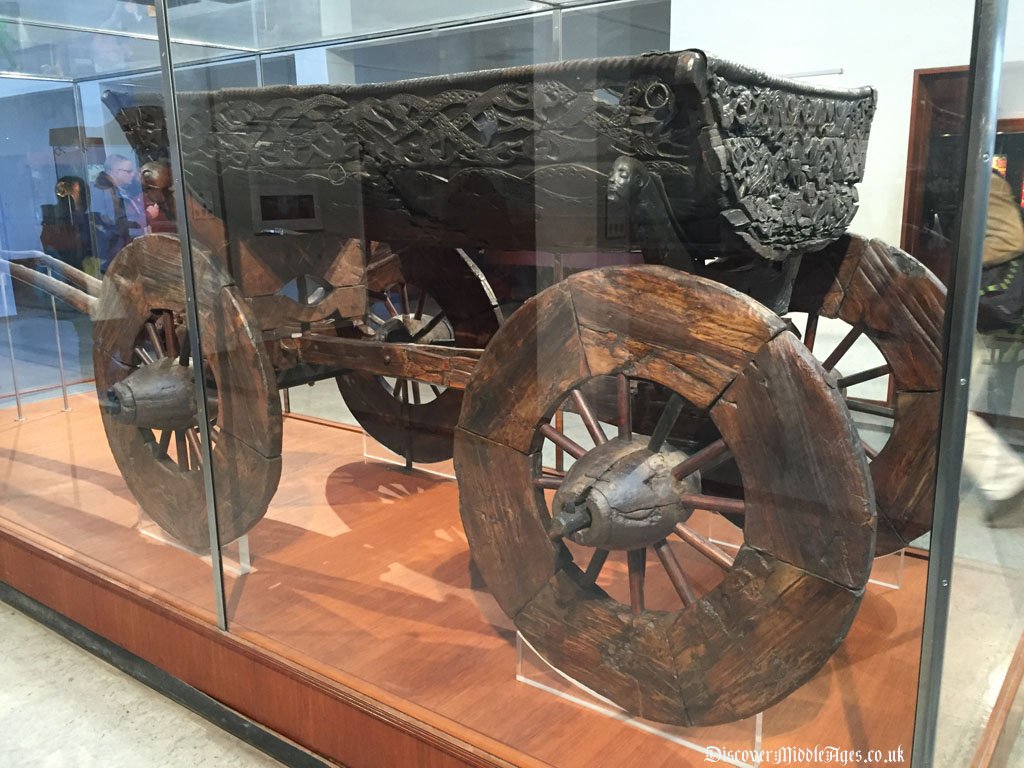
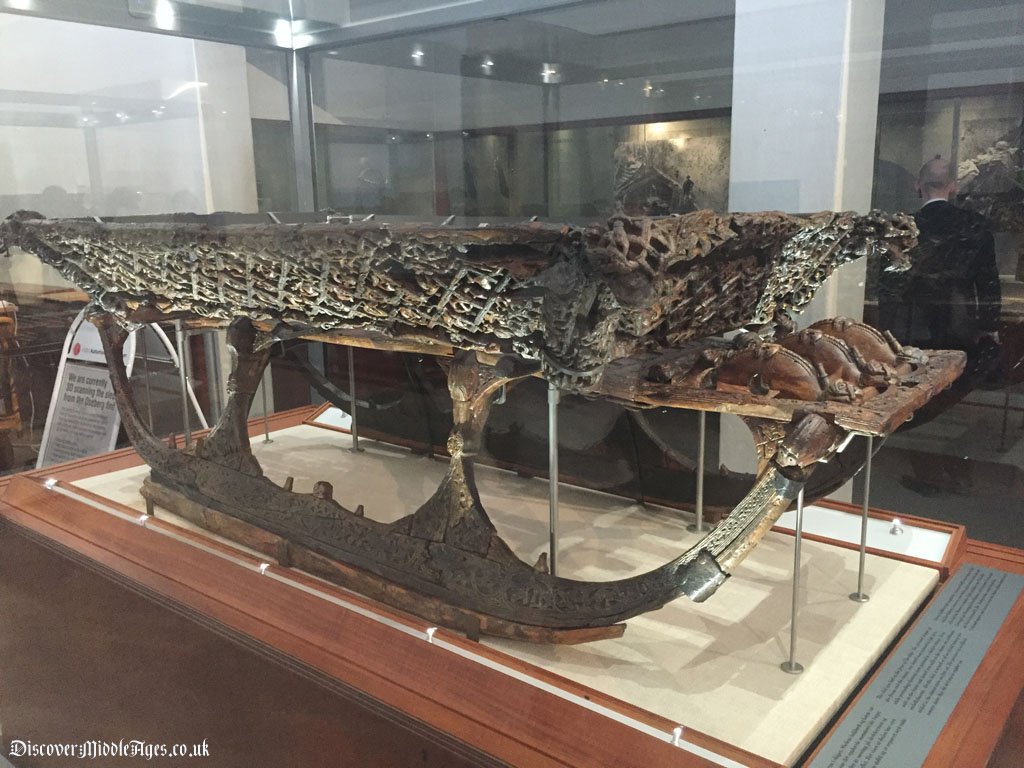
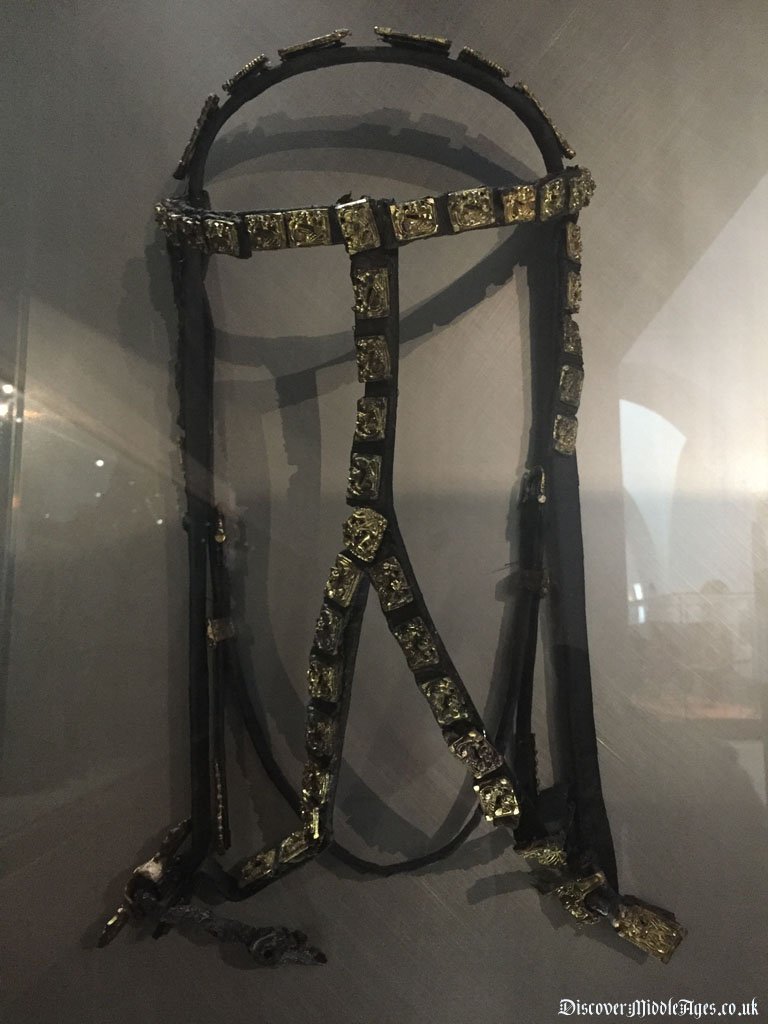
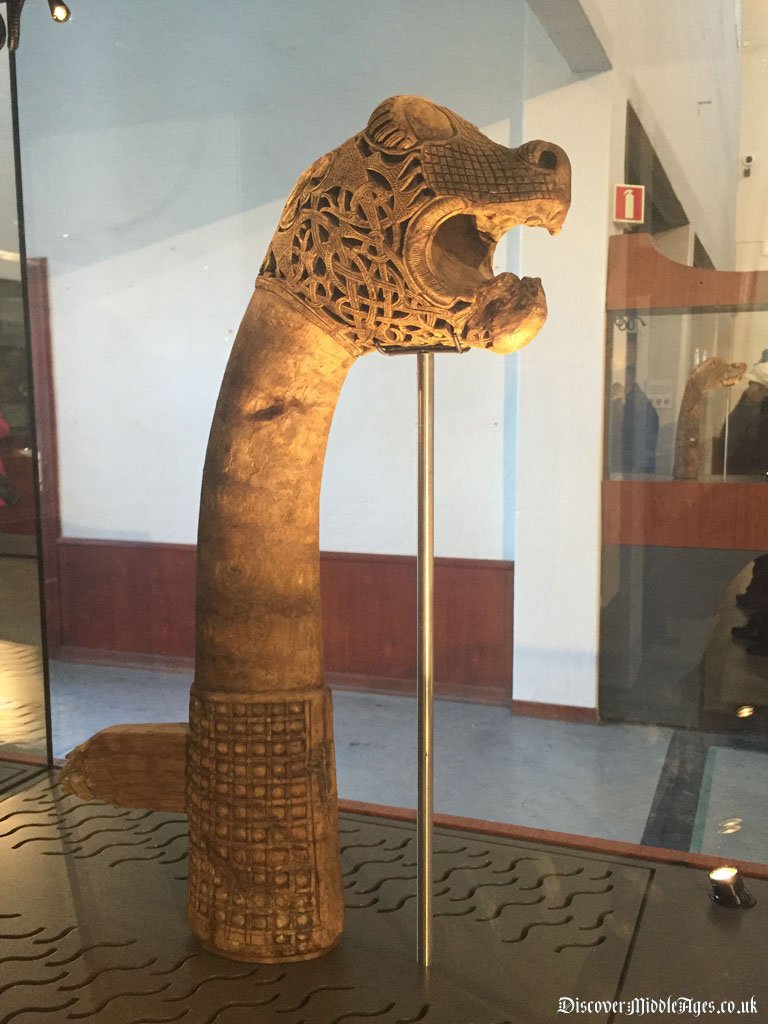

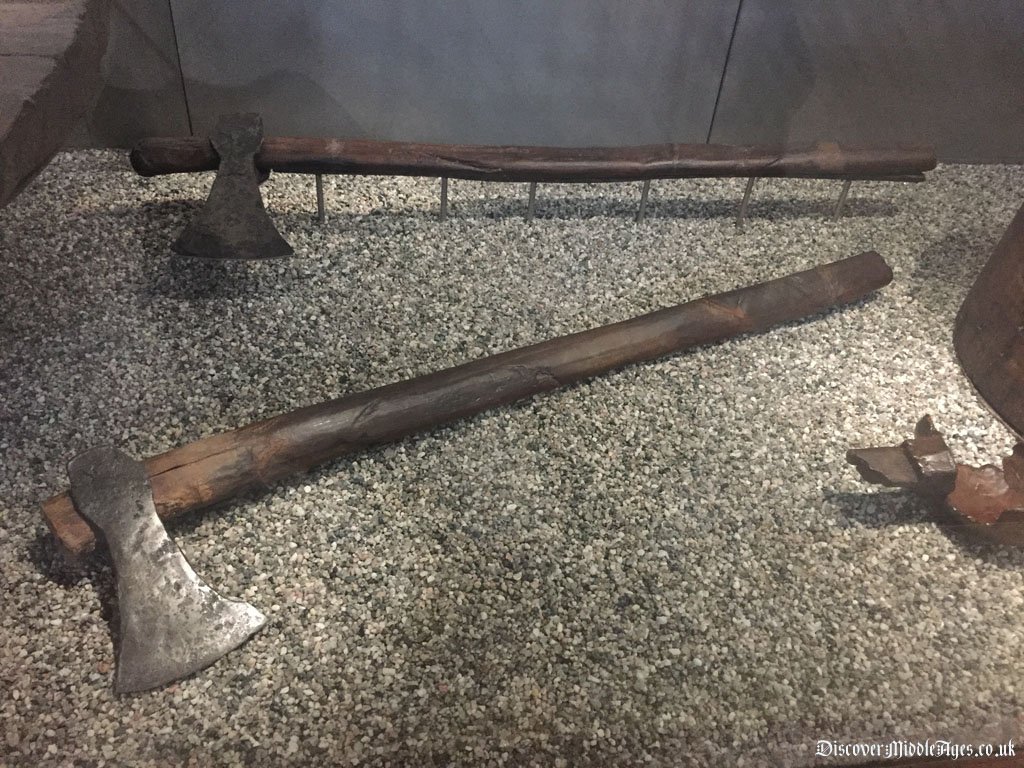
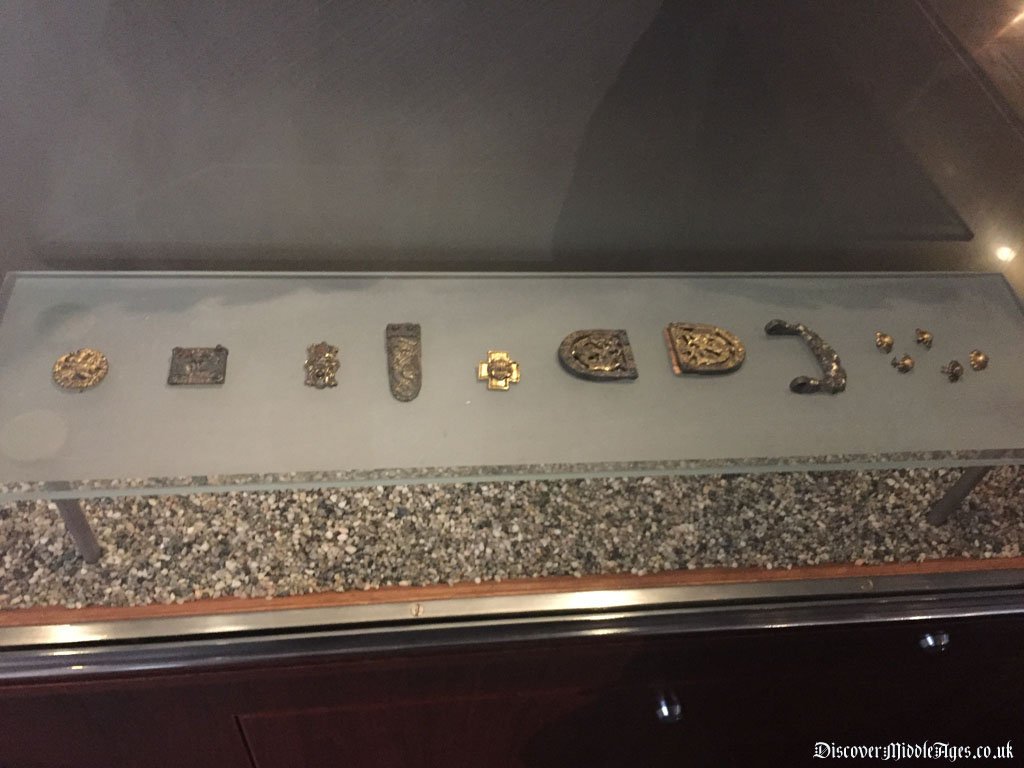
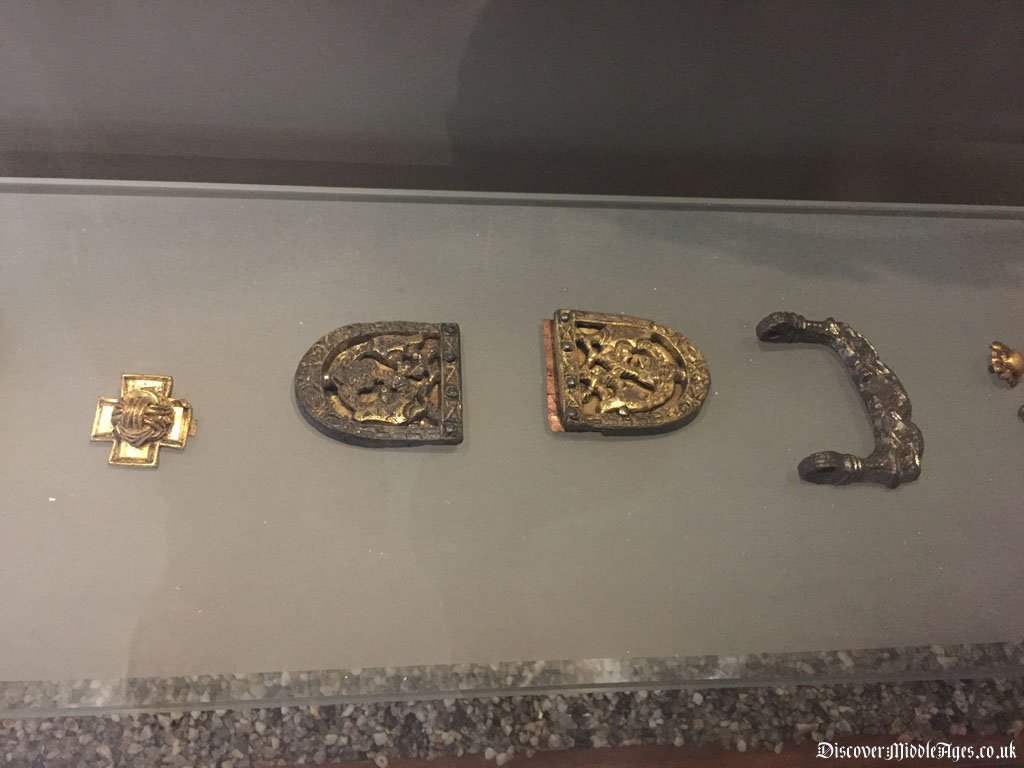
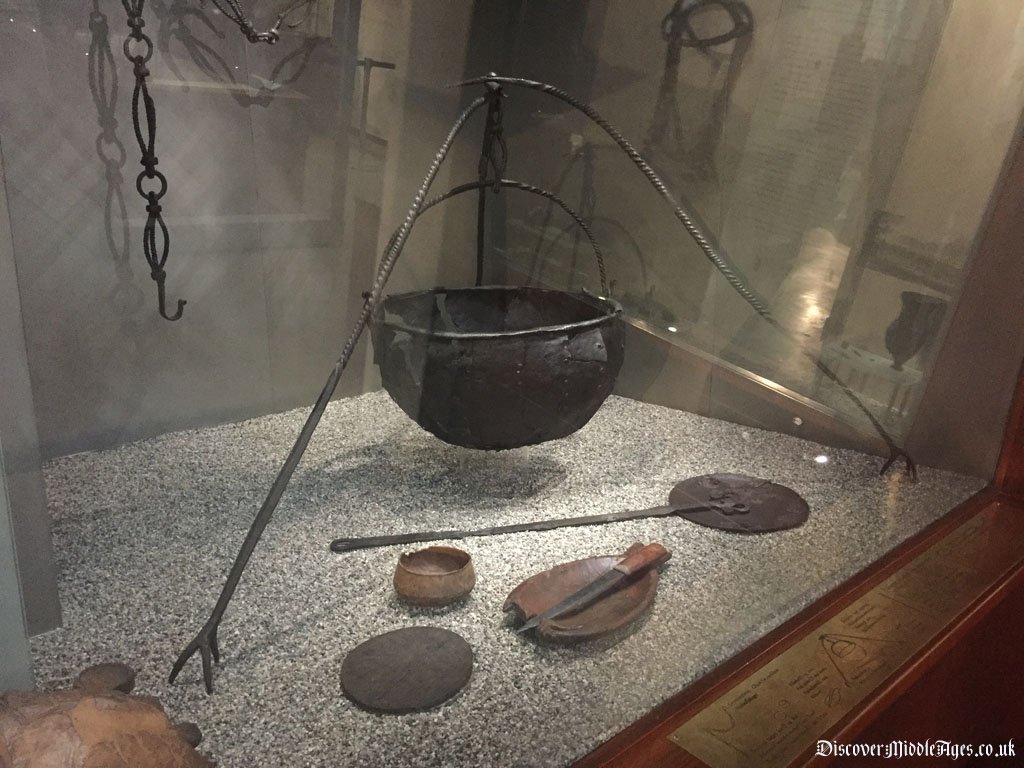
Types of Viking Ships
Vikings spent most of their time on or near water, and so they heavily relied on their Viking ships for not only war, but trade, commerce and exploration too. This means they would have needed a variety of ship designs to meet each purpose, including the following:
Karve
The Karve Viking ships are the smallest of the longships, and were built with six to sixteen rowing benches. These boats were used for general purpose, like fishing and small trades.
Snekkja
The Snekkja Viking ships were the smallest warships, and were built with 20 rowing benches. These boats would be able to carry around 40 men, and were heavily used by King Canute in 1028.
Skeid
The Skeid Viking ships were larger than the Snekkja, and were built with 30 rowing benches. These boats were warships and were able to carry up to 80 men, they were among the largest Viking ships ever found. A modern day Skeid, Draken Harald Harfagre, has been built in Norway using traditional techniques, and has set sail to America recently. See the Skeid in action below!
Drekkar
The Drekkar Viking ships are Skeids but with more elegant decoration and carvings. The famous dragon heads adorning the bow of the Drekkars made these ships favourites for raiding, striking fear into any foreign inhabitants. The carvings are said to also protect the boat's crew and fend off deadly sea monsters in Norse mythology.
Navigating the Viking Ships
The Vikings sailed right across the globe, as far as North America to the west, and the middle east to the south. As the Viking ships could also sail down rivers, the explorers could travel deep inland in Europe and then to the Mediterranean. But how did they find their way?
Theories suggest that using the stars by night, and the sun by day, the Vikings could tell what direction they were travelling in. Additionally to that, traditional methods such as tidal times and landmarks would have also been used extensively to navigate rivers and shorelines.
However, when sailing out in the open seas, and the sun disappears behind clouds, or the stars vanish in the night, navigation would have been virtually impossible. Experts now believe, and some sagas show, that sun-stones must have been used. Sun-stones come from the mineral cordierite, which exists in Norway, and the locals refer to it as the Vikings Compass. The stones work by reflecting the sun's position through the stone, even on foggy/cloudy days, as it polarizes the light. When the sun is low enough, the stone works best, and can point directly to the sun, providing a navigational point on seemingly sunless days.
